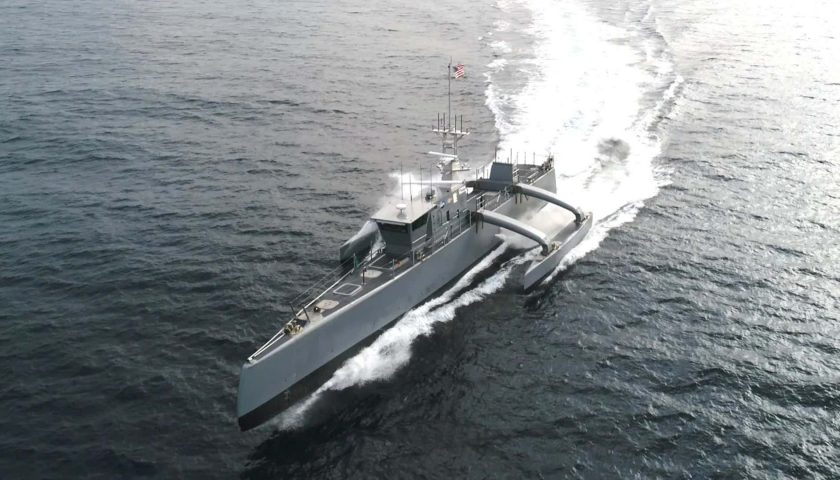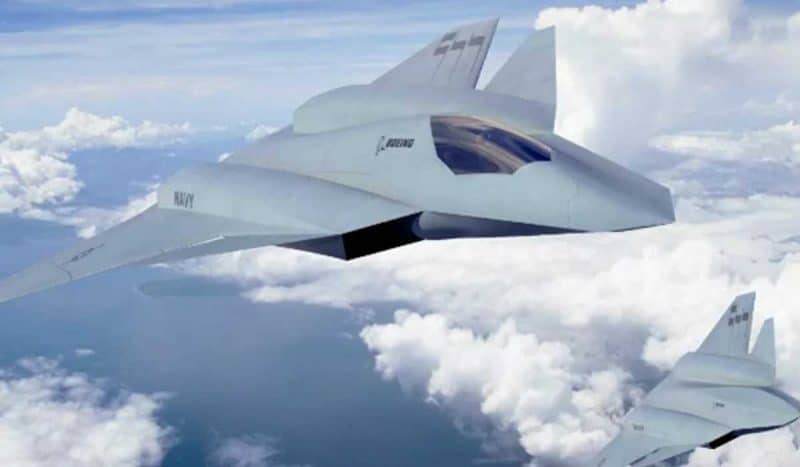For a little over 3 years, the program initially intended to design the air superiority fighter to replace the F22, the Next Generation Air Dominance or NGAD, has been profoundly transformed, breaking with decades of industrial and operational paradigms that have put the The versatile and scalable aircraft produced in large series at the heart of Western industrial effort. Indeed, since the end of the 70s, and the advent of so-called 4th generation aircraft, such as the F15, the F16 or the Mirage 2000, the increasing integration of on-board electronics has made it possible to design devices capable of fulfilling numerous missions, sometimes simultaneously. The dogma of the specialized aircraft, such as the F15C or the Mirage 2000C for air superiority, the Tornado for penetration and the A10 for close air support, was fading in the face of aircraft like the Rafale, Typhoon or the F35, much more versatile, and capable of evolving to accommodate increasingly modern weapon systems over time.
The reasoning was absolutely clear, since by replacing several specialized devices with a versatile device, it was possible to make significant economies of scale due to higher production and more homogeneous maintenance. In addition, these devices, which were essentially designed to evolve, could remain operational and efficient for several decades, simply by adding new capabilities, without the need to acquire new models, as was the case in the 50s. or 60 during which new devices replaced older models at a breakneck pace. Unfortunately, this glorious theory did not foresee that the design and maintenance costs of these devices would increase beyond the expected benefits, as former US Air Force Director of Acquisitions Will Roper demonstrated, to the point of being economically and operationally counterproductive in the face of specialized devices with shorter lifetimes and produced in smaller series. In addition, the compromises made to resolve the difficult equation of absolute versatility, lead to operational limitations which, if they did not lend themselves to consequences in the Afghan or Syrian skies, become problematic vis-à-vis China in the Pacific, or Russia in the arctic.

This is precisely why the US Air Force has profoundly changed all of its paradigms, both operational and industrial, for its NGAD program, which takes, in many aspects, postures strictly opposed to those adopted for the Joint Strike program. Fighter and his device, the F35 Lighting II.
The Indo-Pacific theater in the sights
In recent months, the Pentagon has increased its analyzes, simulations and wargames on scenarios around a potential direct confrontation of American and allied forces with the forces of the Chinese People's Liberation Army or PLA in the Indo-Pacific theater. And as we have already reported, the results of these simulations were not very encouraging, especially when it came to defending Taiwan from a Chinese assault. Since then, all the US armies have undertaken profound changes in an attempt to prepare as well as possible for this hypothesis, with short, medium and long term solutions, to maintain the military ascendancy over the PLA. The US Army relies on its super program BIG 6, as well as on the rapid integration of new tools offering greater responsiveness and better coordination of forces. The US Navy is betting on the modernization of its fleet of attack submarines as well as on the integration of unmanned ships, while the Marine Corps has returned to its doctrine of amphibious assault and forces. original assault.

The US Air Force, for its part, is in a difficult situation to impose itself in the Pacific. Indeed, not only do the majority of its aircraft lack the extension necessary to operate in this theater of operations, but it is committed to the F35 program which takes most of these acquisition credits intended for tactical combat aircraft. , even though the aircraft is not very suitable for missions over the Pacific. Indeed, the F35A Lightning 2 has only a combat range of 1000 km, and must evolve without external tanks to preserve its stealth, which represents one of the only assets of this slow and slow aircraft. maneuvering. In addition, like the F22, it requires heavy maintenance requiring specialized equipment and permanent high-speed connectivity, which does not correspond to the context of employment of the air force in the Pacific vis-à-vis China, knowing that the large air bases will be targets destroyed in priority by the air force and the missiles of Beijing in the event of conflict.
That is why the USAF tested, during the wargames mentioned above, the use of new devices designed to meet the requirements of this theater, with results it seems convincing, since General Brown, his Chief of Staff, has positioned the NGAD program at the heart of its equipment strategy in the years to come. To meet these requirements, both operational and in terms of schedule, the NGAD program will be based on 5 conceptual breaks with the traditional piloting of combat aircraft programs observed over the past 50 years.
1- The end of the dogma of the single-device program

75% of this article remains to read,
Subscribe to access it!
The Classic subscriptions provide access to
articles in their full version, and without advertising,
from 6,90 €.
Newsletter subscription
Register for the Meta-Defense Newsletter to receive the
latest fashion articles daily or weekly
End of the first part of this article - the second part will focus on the dissociation between technological bricks and platforms, the concept of operational agility and the control of schedule and costs as well as the lessons of this new approach for the FCAS program.


